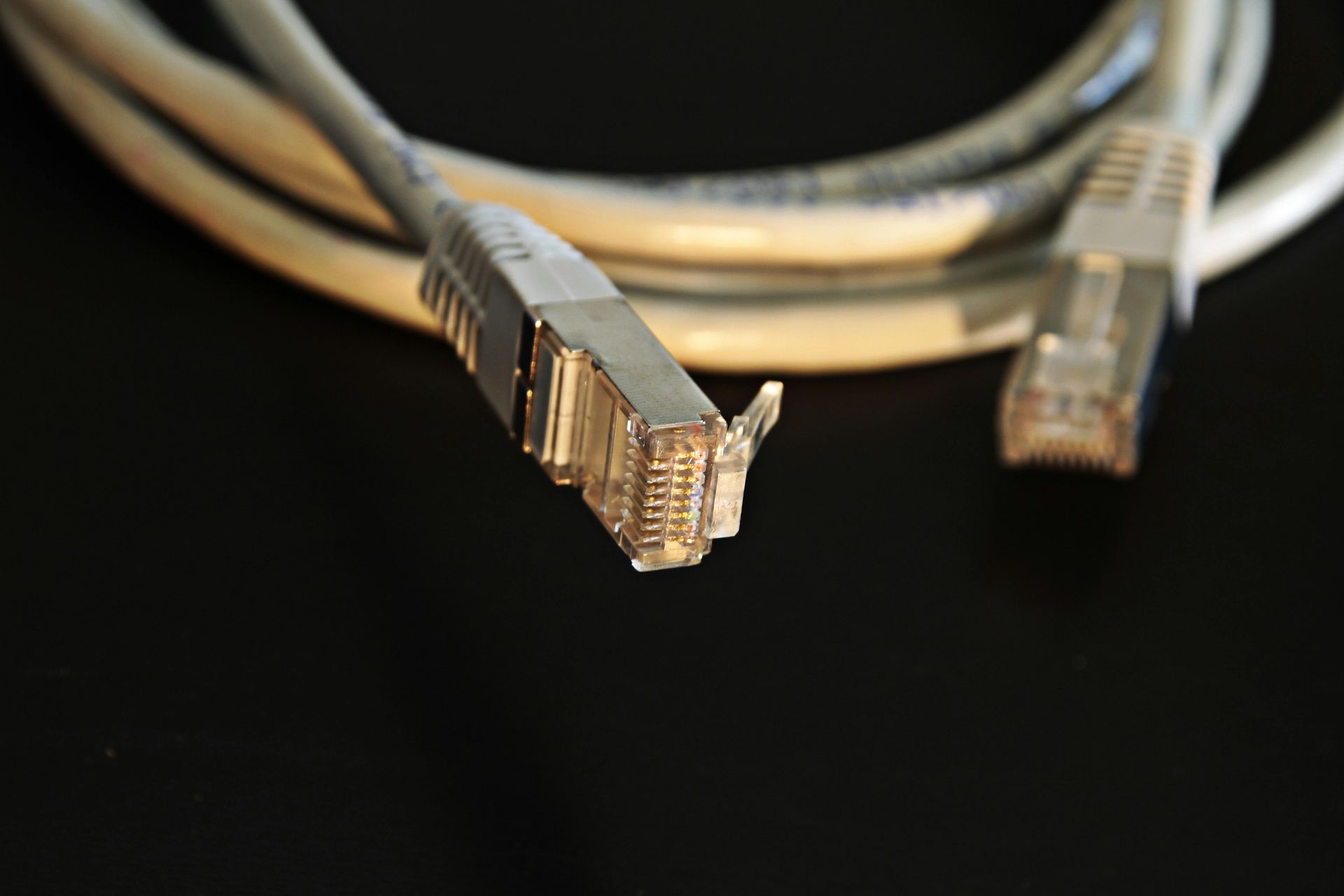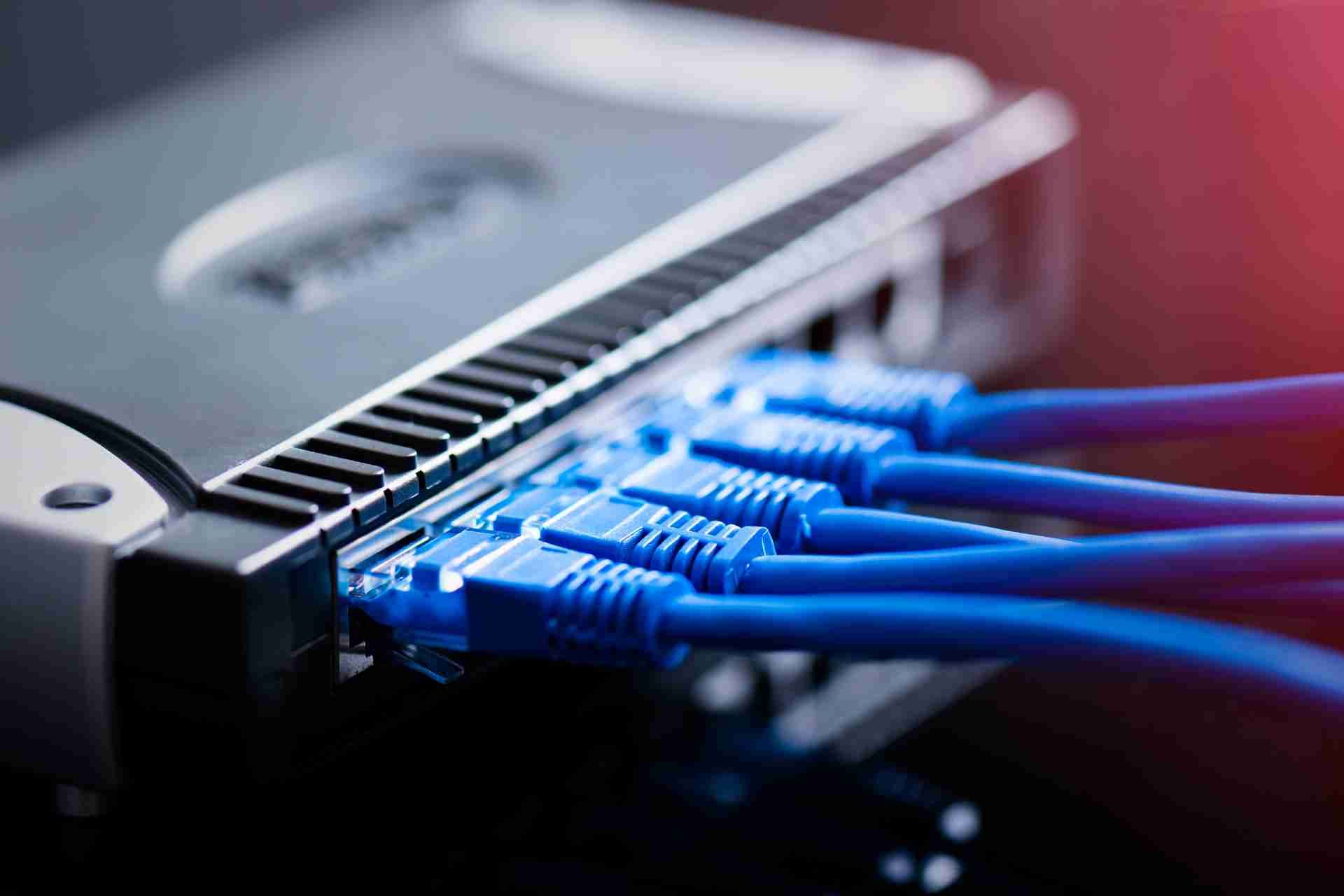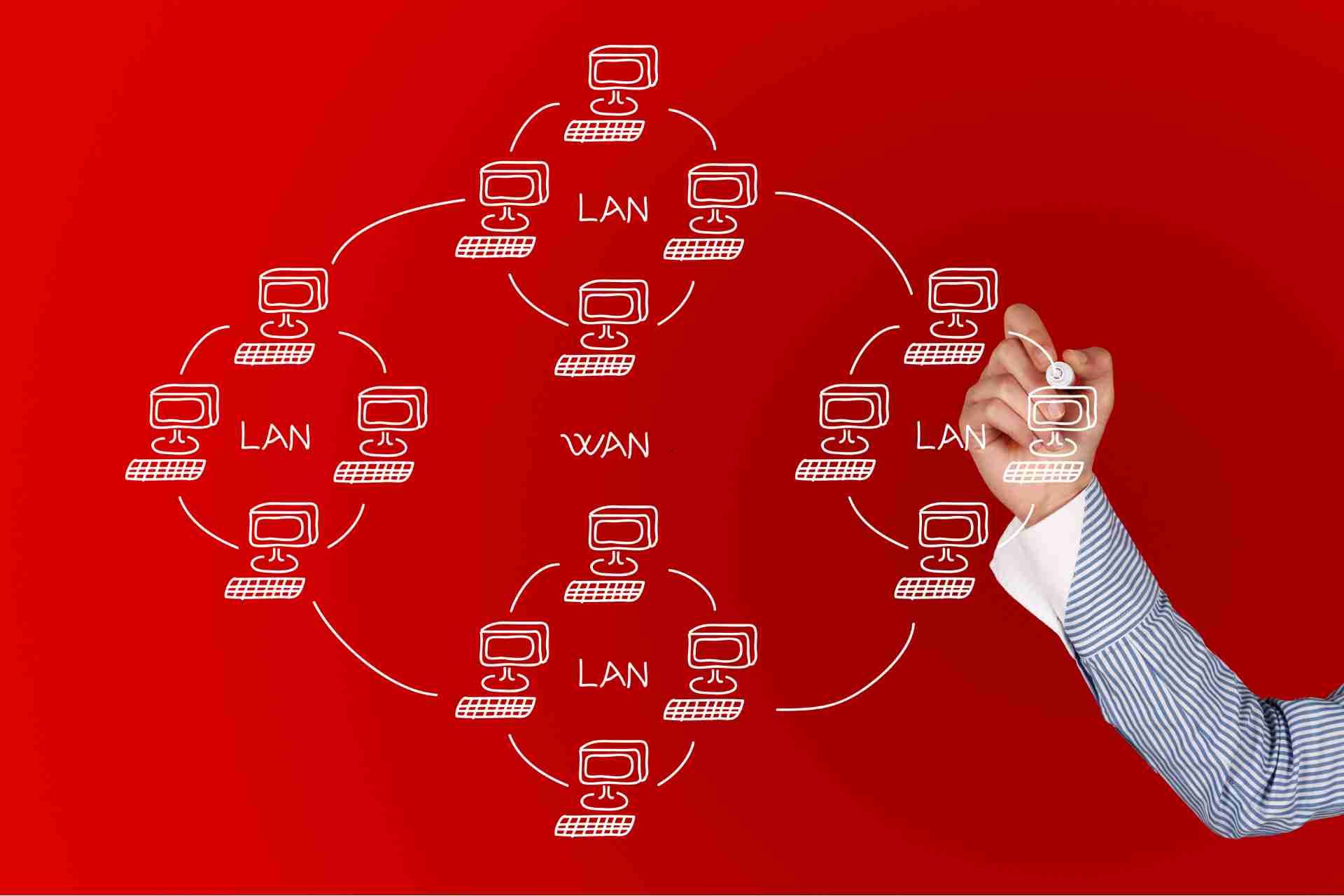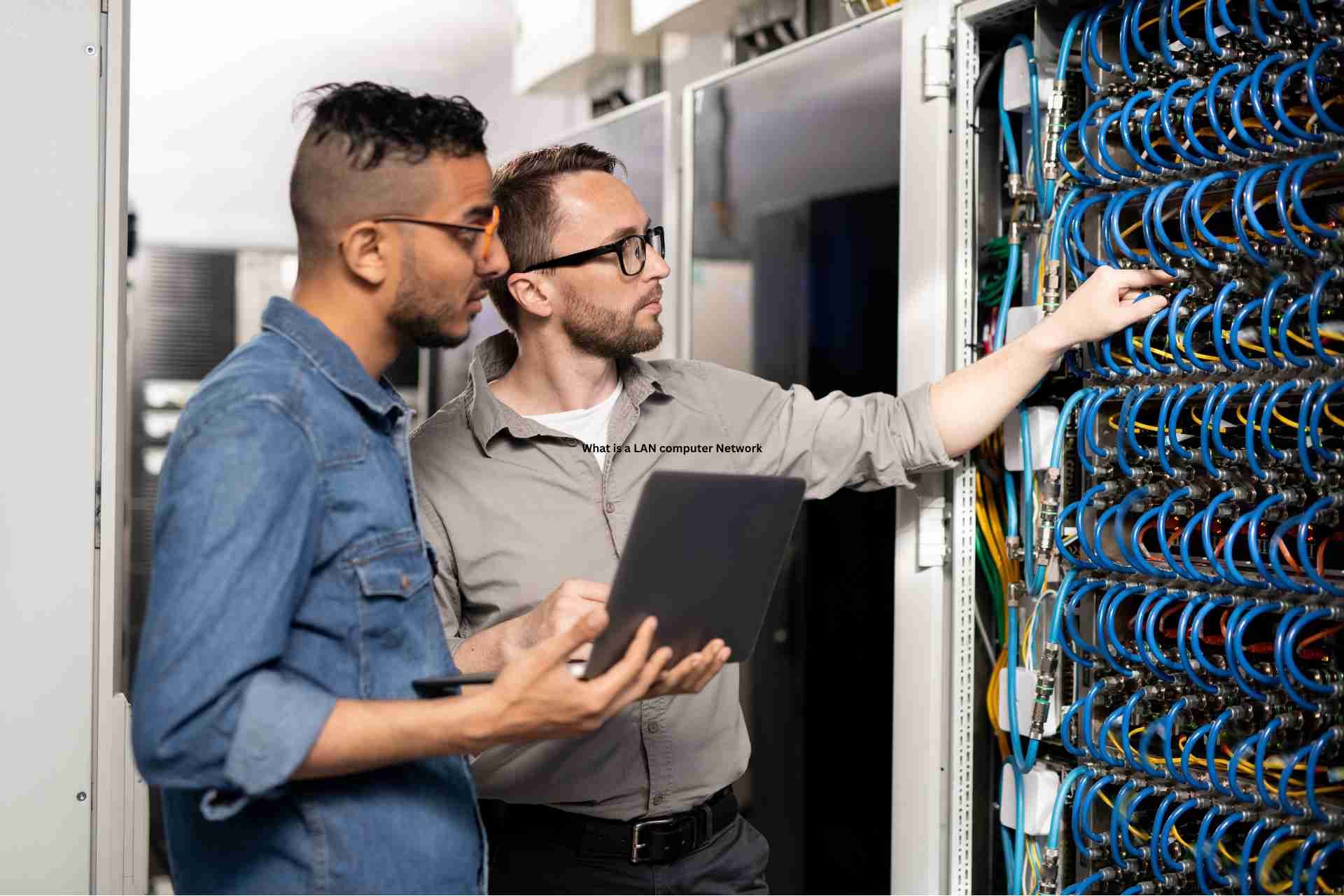What Are the Components of Structured Cabling? A Comprehensive Guide
What are the components of structured cabling? When it comes to structured cabling, think of it as the backbone of your network, supporting and connecting everything seamlessly. From the types of cables used to the connectors and termination methods employed, each component plays a crucial role in ensuring a reliable and efficient infrastructure.
But what about the patch panels and racks that tie it all together? Stay tuned to uncover the key elements that make up a well-organized and high-performing structured cabling system.
Types of Cables
When setting up a structured cabling system, it's crucial to understand the different types of cables available for optimal performance and efficiency. Two primary types of cables commonly used in structured cabling are fiber optic and twisted pair cables.
Fiber optic cables transmit data using light pulses through glass or plastic fibers. They offer high bandwidth and are immune to electromagnetic interference, making them ideal for long-distance communication and high-speed data transfer. Fiber optic cables are commonly used in scenarios where data needs to travel long distances without loss of signal quality.
Twisted pair cables consist of pairs of insulated copper wires twisted together to reduce electromagnetic interference. They're further categorized into shielded twisted pair (STP) and unshielded twisted pair (UTP). Twisted pair cables are versatile, cost-effective, and suitable for shorter distances within a building's infrastructure for applications like Ethernet networking.
Understanding the differences between fiber optic and twisted pair cables is essential for designing a structured cabling system that meets the specific needs of your network infrastructure.
Connectors and Termination
What're the key components involved in connectors and termination within a structured cabling system? Connectors play a crucial role in establishing reliable connections between cables. Common connectors include RJ45 for Ethernet cables and LC or SC connectors for fiber optic cables. Termination refers to the process of connecting cables to these connectors. This is typically done using crimp tools, which securely attach the connectors to the cable ends. Proper termination is essential for ensuring data transmission efficiency and minimizing signal loss.
Cable management is another critical aspect of structured cabling. It involves organizing and securing cables to maintain a neat and efficient cabling system. Effective cable management not only improves the aesthetics of the setup but also facilitates easier maintenance and troubleshooting. Using cable trays, racks, and cable ties can help keep cables organized and prevent tangling or damage. Proper cable management also aids in airflow within network cabinets, preventing overheating issues. By paying attention to connectors, termination, and cable management, you can ensure a well-structured and reliable cabling system.
Patch Panels and Racks
Patch panels and racks serve as essential components in structured cabling systems, providing organization and connectivity for network cables. Patch panels are used to terminate and manage the ends of the cables, allowing for easy connection and disconnection. Racks, on the other hand, offer a framework for mounting various equipment, including patch panels, switches, and servers, ensuring a centralized and structured layout for the network.
When installing patch panels and racks, it's crucial to consider cable management solutions to keep the cables neat and organized. Proper installation techniques such as securing cables with cable ties or using cable management arms can help maintain a clean and efficient setup. Additionally, implementing network organization and cable labeling strategies is essential for easy identification and troubleshooting. Labeling cables at both ends and documenting the connections on patch panels can significantly simplify maintenance and upgrades in the future. By following these practices, you can optimize the performance and reliability of your structured cabling system.
Conclusion
In conclusion, the components of structured cabling include various types of cables such as twisted pair and fiber optic, connectors for termination like RJ45 and LC, and patch panels and racks for organization and management.
It's essential to ensure proper installation and maintenance of these components to establish a reliable and efficient network infrastructure. Each component plays a crucial role in the overall functionality and performance of the structured cabling system.












